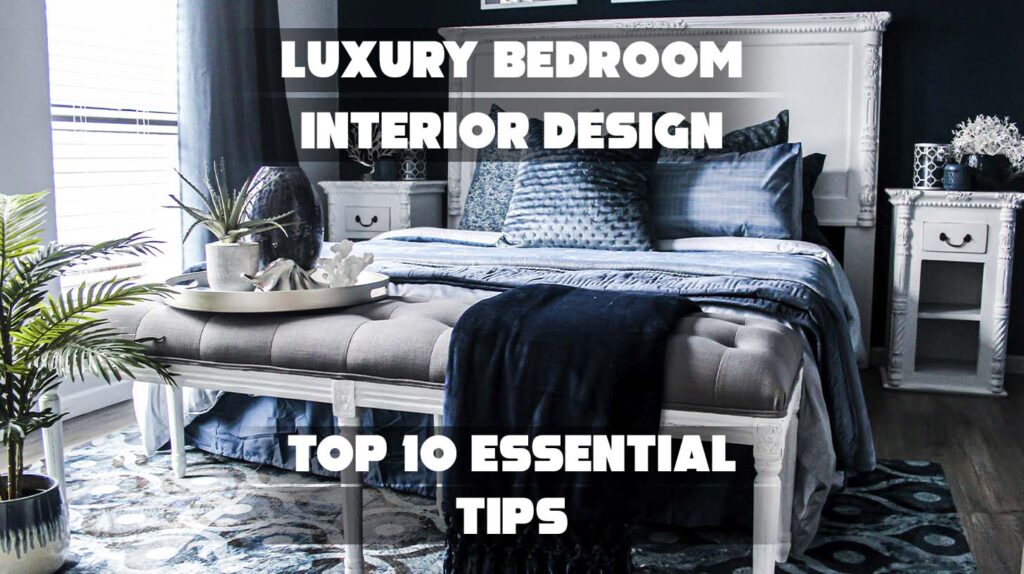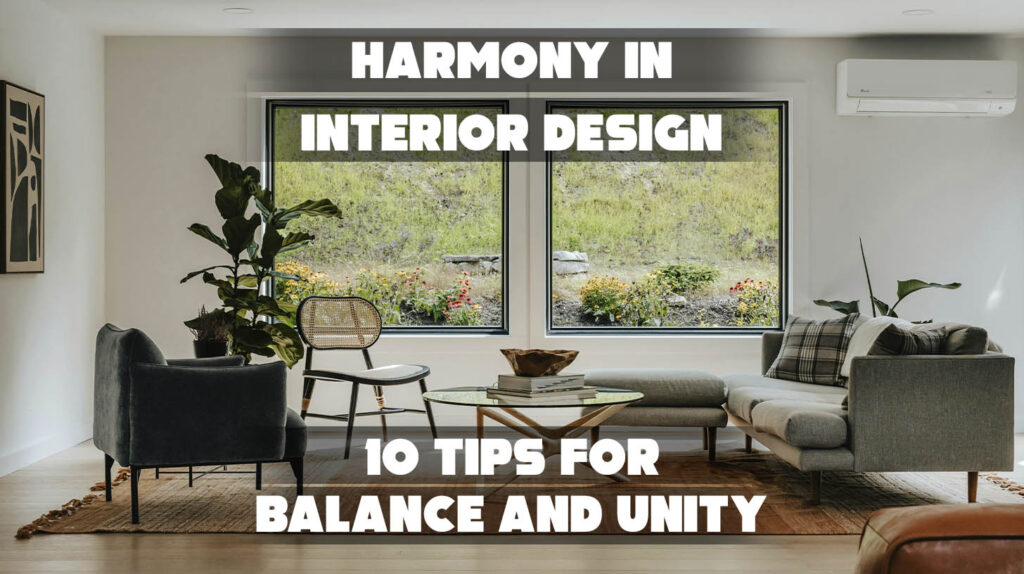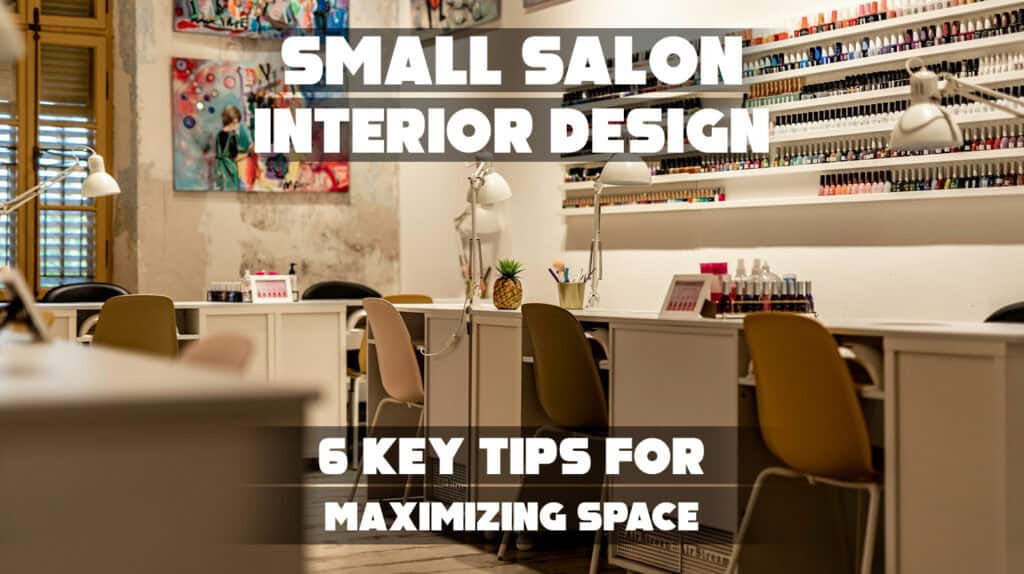Are you struggling to create a space that feels both stylish and harmonious? Mastering interior design lines like circular lines and zigzag lines can completely transform your home’s energy and flow.
You’re not alone—many people find it challenging to create lines that balance beauty and functionality. The good news? You have the creativity to design stunning interiors—you just need the right approach.
At Landmarks Architects, we specialize in helping you harness the power of interior design lines with expert tips and proven techniques.
Here’s what you’ll discover in this article:
- How to use circular lines to bring softness and movement
- How zig zag lines add dynamic energy
- Ways to create lines that connect architecture, furniture, and decor
Ready to make your space pop? Start by choosing an appropriate pattern, mixing in other geometric patterns, and layering with soft furnishings to elevate every room.
By the end, you’ll feel confident and inspired to transform your interiors into cohesive, captivating spaces you’ll love!
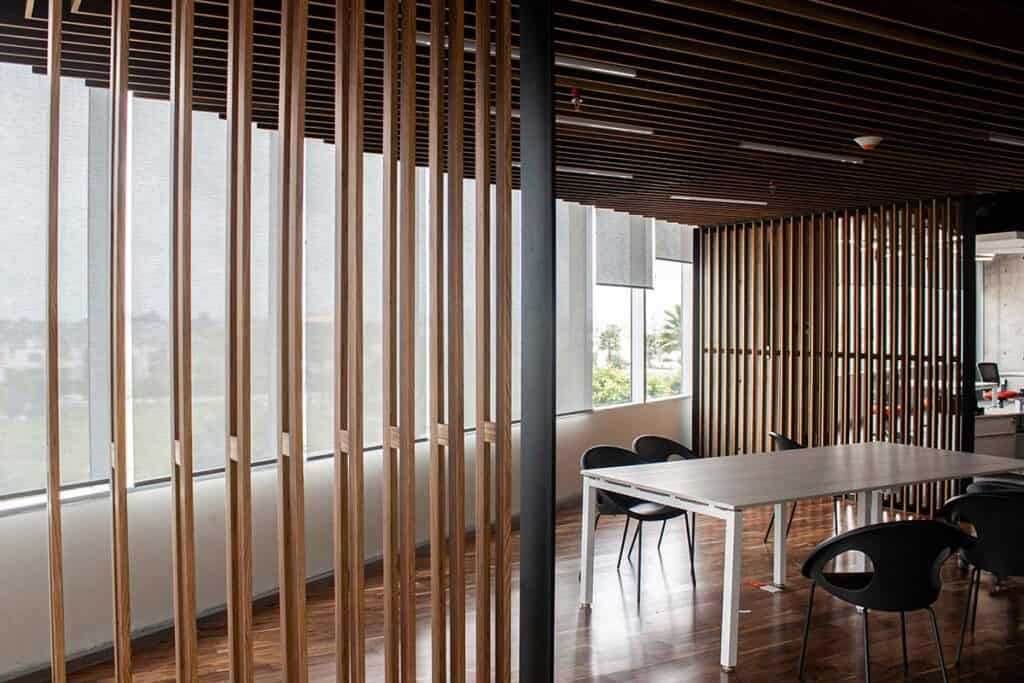
1. The Role of Line in Interior Design

Lines play a critical role in shaping the look and feel of a room. They guide the eye, define boundaries, and influence how a space is perceived. Whether through architectural elements or decorative details like painted lines or vertical stripes, lines contribute to both function and style in interior environments.
See Also Modern Western Interior Design
Defining Line in Design
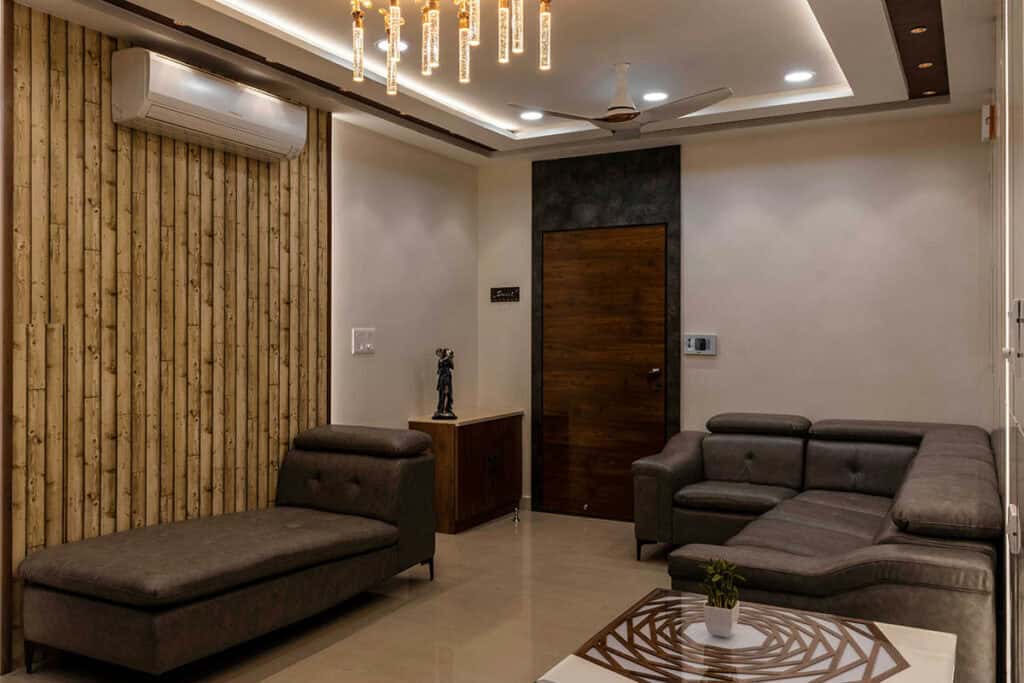
In interior design, a line is any continuous mark, edge, or direction that connects two points. Lines can be literal, such as painted lines on walls or floors, or implied through the arrangement of furniture and accessories. Common types include vertical, horizontal, diagonal, and curved lines conveying different visual messages.
Vertical stripes, for example, can create an impression of height and elegance, making rooms feel taller. Horizontal lines tend to expand a space’s width, grounding the room. Lines can also be classified as structural, like beams and moldings, or decorative, such as patterns on fabrics or wall art.
Visual Impact of Lines

Lines are powerful tools to create visual interest and focus within a space. They can emphasize architectural features or highlight specific areas of a room. Straight lines often suggest order and modernity, fitting well with contemporary interior design styles.
Painted lines on walls or floors can subtly direct traffic flow or frame furniture arrangements. Curved lines bring softness and fluidity, contrasting with sharp, angular lines to balance the room’s energy. The choice and arrangement of lines influence mood, organization, and the perceived harmony of the design.
Lines and Spatial Perception
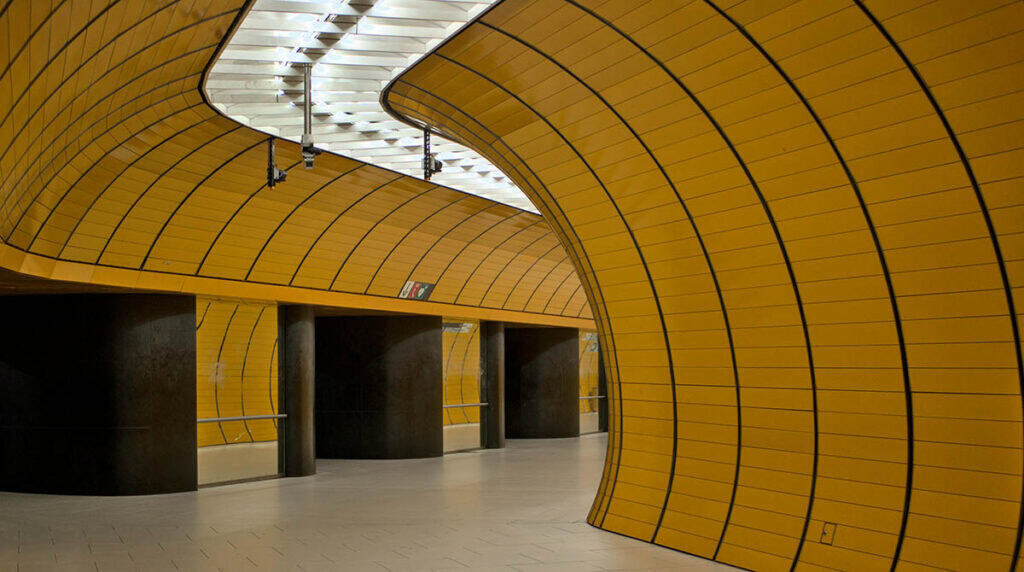
Lines significantly affect how a person perceives spatial dimensions. Vertical lines can make low ceilings seem higher by directing the eye upwards. Conversely, horizontal lines stretch the visual width of a room, making narrow spaces feel broader.
Diagonal lines create a sense of movement and dynamism, preventing a static feel in the layout. Careful placement of lines can also define zones within open-plan environments without the need for physical barriers. By manipulating line placement, designers can alter the perception of scale and proportion efficiently.
2. Types of Lines Used in Interior design

Lines define the structure and flow of a space. They influence perception of size, shape, and mood by guiding the eye and emphasizing particular features. Different lines bring distinct effects, from creating calmness to adding energy.
Horizontal Lines
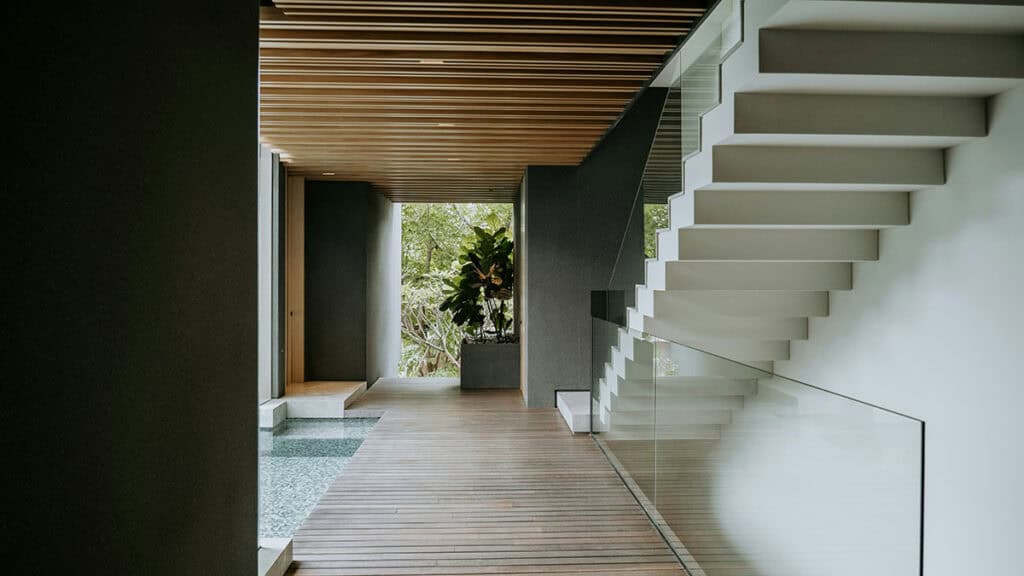
Horizontal lines run parallel to the floor, creating a sense of stability and restfulness. They make a room feel wider by drawing the eye from side to side.
Often found in shelving, wainscoting, or stripes on walls, horizontal lines suggest calmness and comfort. They help balance taller elements by grounding the space visually. For example, a sofa with strong horizontal lines can anchor a living room.
Using horizontal stripes or wood paneling emphasizes width, making narrow rooms feel more spacious. In interior design, horizontal lines are useful in casual or relaxing environments like bedrooms and lounges.
Vertical Lines
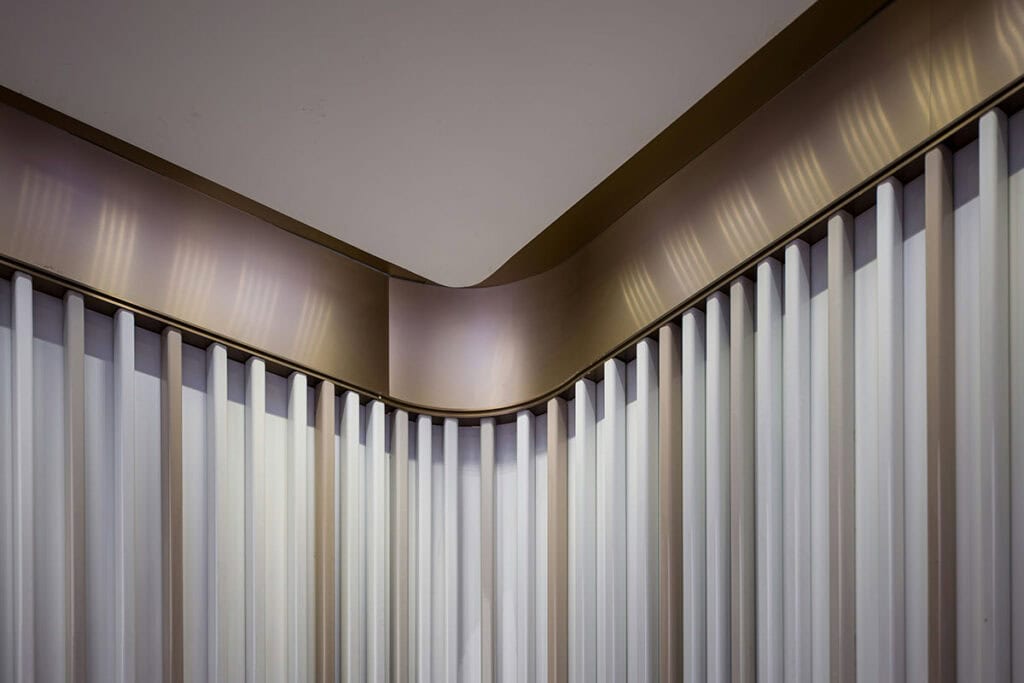
Vertical lines in interior design extend from floor to ceiling and convey strength and height. They lead the eye upward, creating an impression of increased space or formality.
Vertical stripes on walls, tall bookshelves, or elongated lighting fixtures introduce these lines. Vertical lines add elegance and sophistication by enhancing a room’s height, making low ceilings seem taller.
They also provide a sleek, clean appearance. In interiors where height and grandeur are desired, vertical lines are preferred. However, overuse can feel rigid or confined.
See also Vertical Lines in Interior Design
Diagonal Lines

Diagonal lines in interior design are dynamic and suggest movement or energy. They draw the eye along an angle, breaking the monotony of straight vertical or horizontal lines.
These lines appear in zigzag patterns, staircase railings, or angled furniture. They introduce excitement and visual interest without overwhelming the space.
Diagonal lines are effective when used sparingly to create focal points or highlight architectural details. They soften the predictability of straight lines while maintaining directionality.
Curved Lines
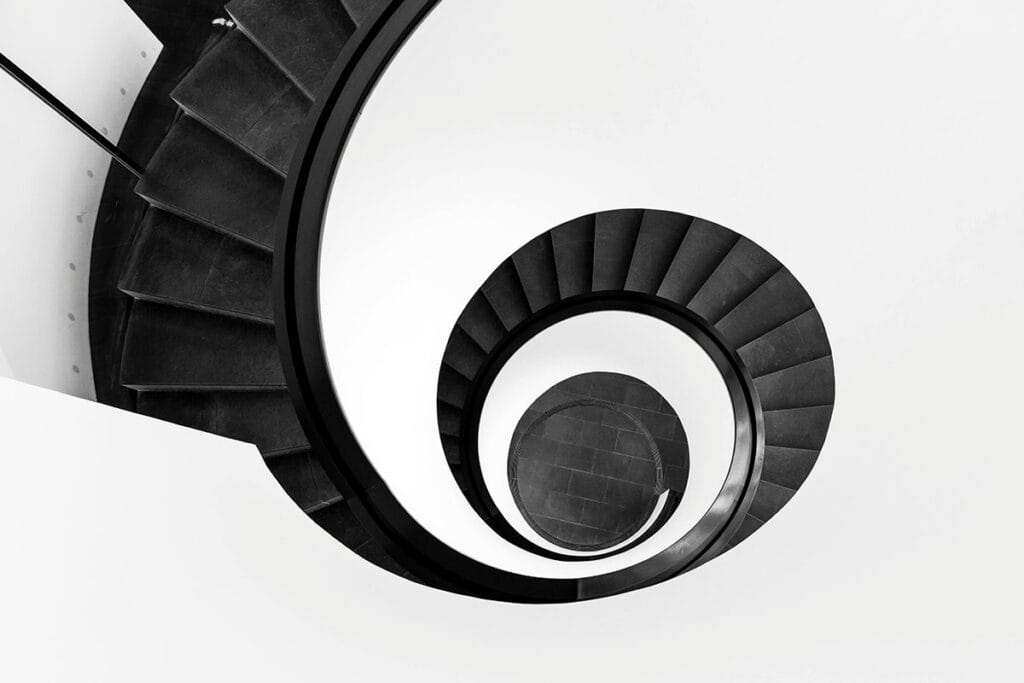
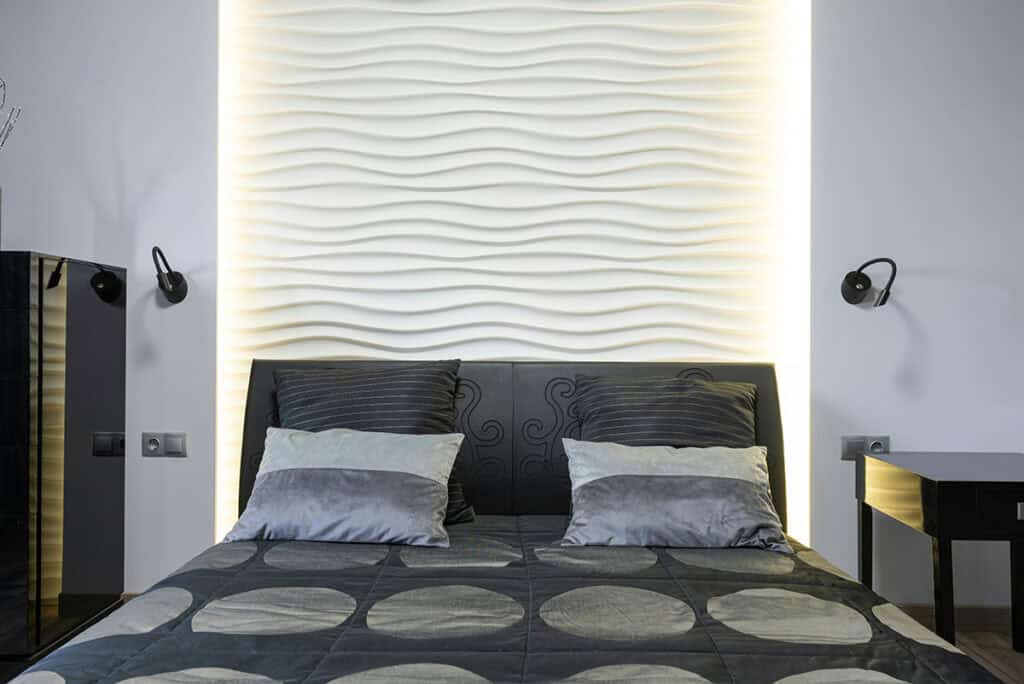
Curved lines in interior design are soft, flowing, and natural. They contrast sharply with straight lines by adding warmth and comfort to interiors.
Used in furniture, lighting, and decorative elements, curves create a sense of relaxation and approachability. Circular rugs, rounded chairs, or arches showcase this softness.
Curved or zigzag lines prevent spaces from feeling too rigid or formal. They encourage movement and invite the eye to explore rooms gently, offering a balance to the strength of vertical and horizontal lines.
See also Curved Lines in Interior Design
3. Applications of Line in Interior Spaces
Lines shape how people perceive space by guiding attention and influencing movement. They establish flow and structure and draw attention through architectural details, furniture, and decorative patterns.
Different types of lines—straight, angular, circular, and dynamic—serve distinct functions depending on their placement and intent within a room.
Architectural Features
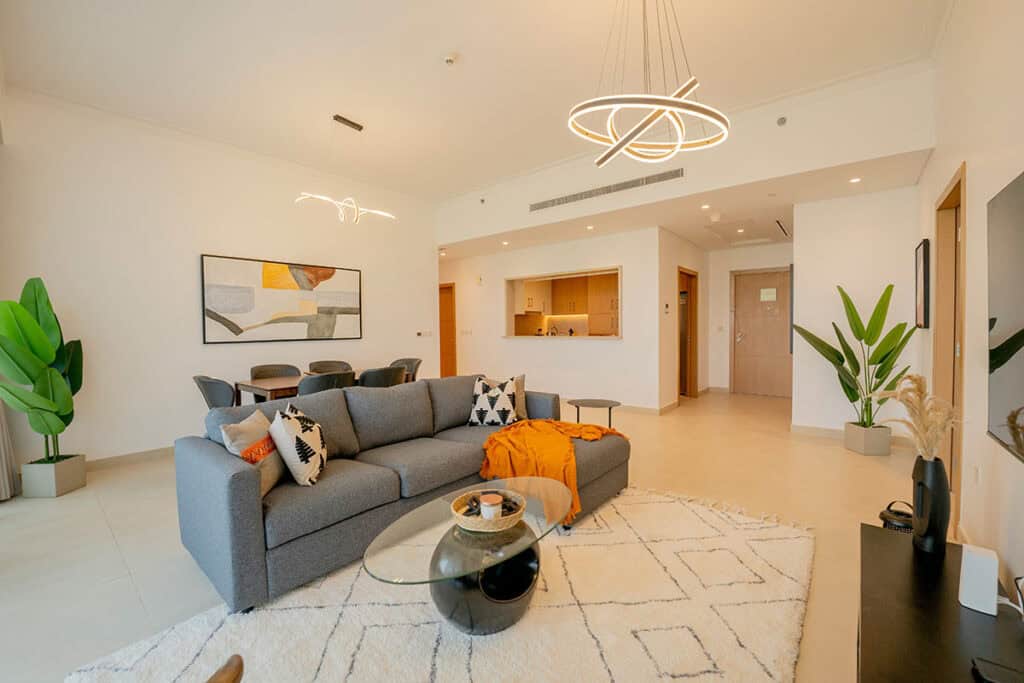
Architectural elements in interior design often rely on straight and vertical lines to define and support interior spaces. Columns, beams, and window frames create a sense of order and height, making ceilings feel taller and rooms more spacious.
Curved or circular lines in interior design , like arches or rounded corners, introduce softness and flow. These lines break rigid geometries, offering visual relief and promoting a calming effect.
Defined lines in stairs, moldings, and built-in shelving provide clarity to zones without overwhelming decoration. Angular lines contribute dynamic movement and energy, especially in modern or minimalist designs.
Using lines in interior design strategically in architecture helps delineate space and enhances the overall spatial experience without adding clutter.
Furnishings and Decor
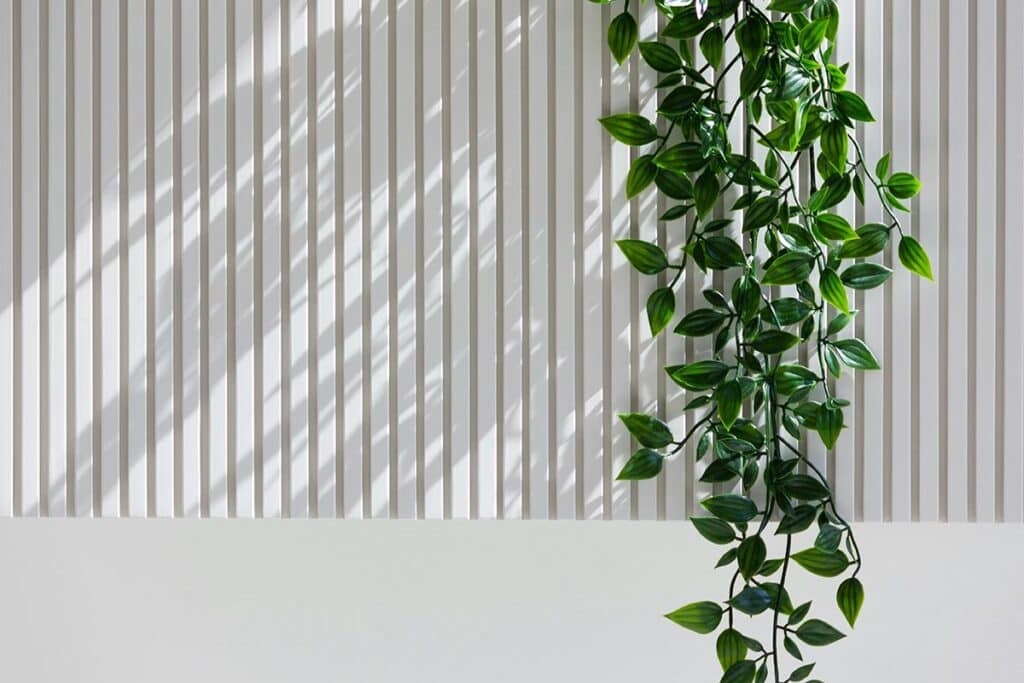
Furniture uses lines to establish style and function. Sleek sofas and tables with angular or straight lines convey modernity and precision, encouraging a clean, organized look.
Curved furniture pieces soften interiors and invite comfort, balancing the harsher effects of straight lines elsewhere. Defined lines in upholstery seams, chair legs, and cabinet doors add texture and interest without distraction.
Decorative items in interior design, such as lamps or artwork, often incorporate dynamic lines to draw focus or complement the room’s flow. Using lines in decor creates harmony or contrast, depending on their direction and intensity.
Choosing furnishings that complement the architectural lines supports a cohesive design while emphasizing specific room zones.
Textiles and Patterns
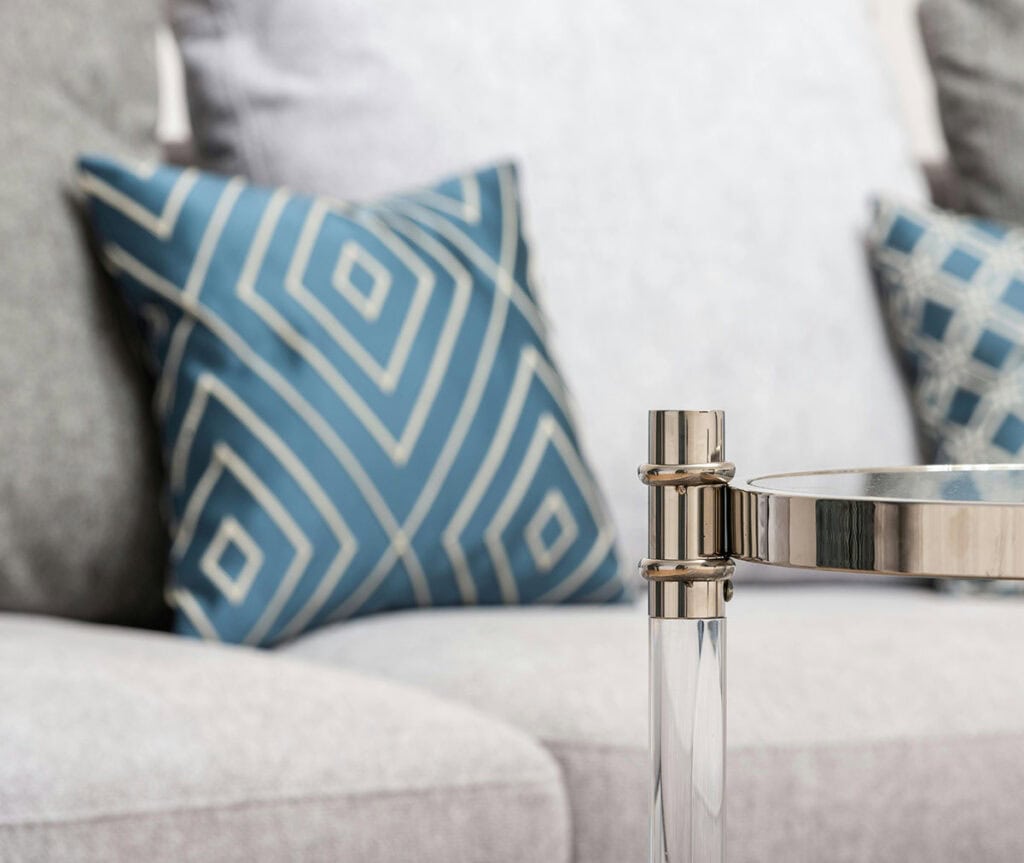
Textiles apply line through geometric patterns and stripe designs on rugs, curtains, and cushions. Vertical stripes can visually raise a room’s height, while horizontal lines may widen a narrow space.
Dynamic and angular lines in fabric patterns add vibrancy and energy. Circular motifs offer softness and balance to rooms dominated by angular architectural elements.
Defined lines in weaving or embroidery introduce subtle texture and detail, enhancing visual interest without overwhelming other design features. Textile lines influence mood and scale, making them a versatile tool to accentuate or soften the room’s structure and furnishings.
4. Creating Mood and Balance with Line in interior design
Lines in interior design play a crucial role in shaping the atmosphere and structure of a room. They influence how harmony is perceived, guide movement through spaces, and help establish important visual focus points to enhance architectural features or decor.
Emphasizing Harmony
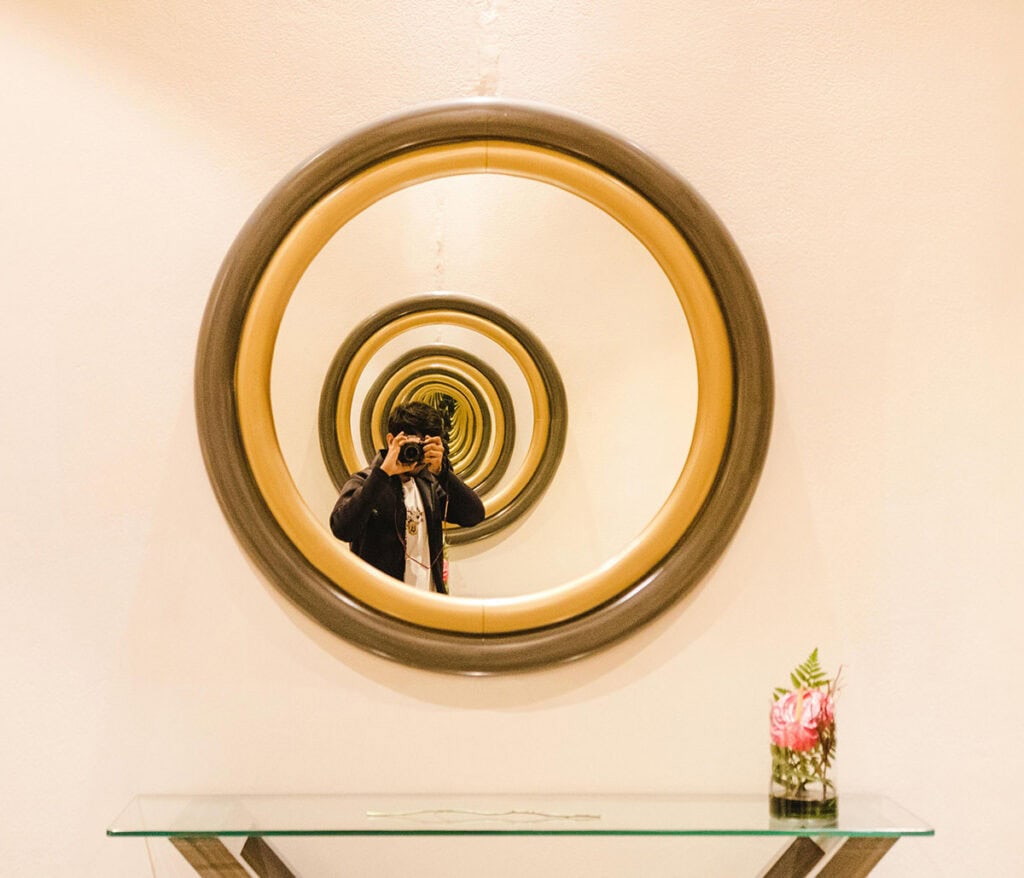
Lines contribute to harmony by creating visual relationships between elements in a space. Horizontal lines, such as elongated shelving or low furniture, promote a sense of stability and calm. Vertical lines emphasize height and can make a room feel more expansive and organized.
Curved or flowing lines soften the environment and encourage a relaxed mood. When combined thoughtfully, these lines maintain balance by avoiding visual clutter or chaos. Using consistent line styles can unify diverse pieces, bringing cohesion to different architectural features and furnishings.
Directing Movement
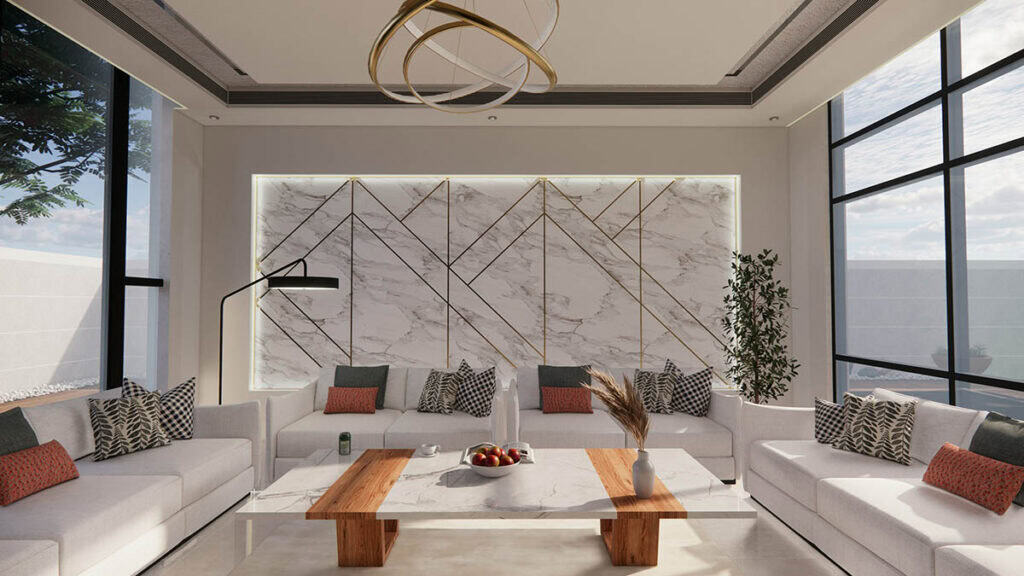
Lines act as guides that lead the eye and body through a room. For example, diagonal lines like stair railings or angled furniture direct attention and establish dynamic pathways. Designers use these lines to create a natural flow, encouraging smooth transitions between areas.
Strategically placed lines can highlight transitions or draw visitors toward key zones without obstructing movement. The placement of lines must consider sightlines to maintain openness while adding directional cues. Vertical lines can lift the gaze, while horizontal lines can stretch the perception of space widthwise.
Establishing Focal Points
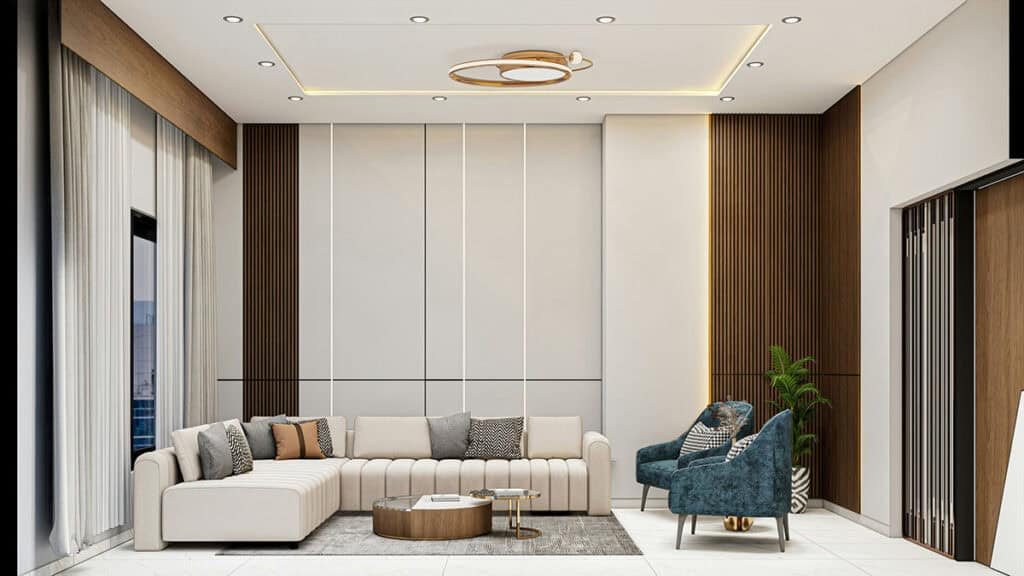
Lines in interior design help define and emphasize focal points by drawing attention to specific areas or objects. Bold lines framing windows, doorways, or artwork add visual interest and anchor a room’s design.
Architectural features enhanced by clear, strong lines become natural centers of attention. Interior Designers often use contrasting line directions to distinguish focal points from surrounding elements. This technique increases visual focus and highlights important design elements without overwhelming the room.
By controlling line placement and direction, interiors achieve structured balance and purposeful emphasis on key features. This enhances the overall flow and functional aesthetic of the space.
Line In Interior Design: A Recap
in interior design, the thoughtful use of lines by interior designers is essential for shaping how a space feels and functions. Vertical lines bring a sense of strength and height, helping rooms feel taller and more formal, while horizontal lines offer stability and expand a room’s visual width.
Together, vertical and horizontal lines establish balance, structure, and a clear visual flow that can transform even the most challenging spaces. Meanwhile, the introduction of rounded lines softens the rigidity of straight lines, adding warmth, comfort, and a natural, inviting energy.
By blending these different types of lines with intention, designers create interiors that are not only visually cohesive but also emotionally resonant and beautifully dynamic.




